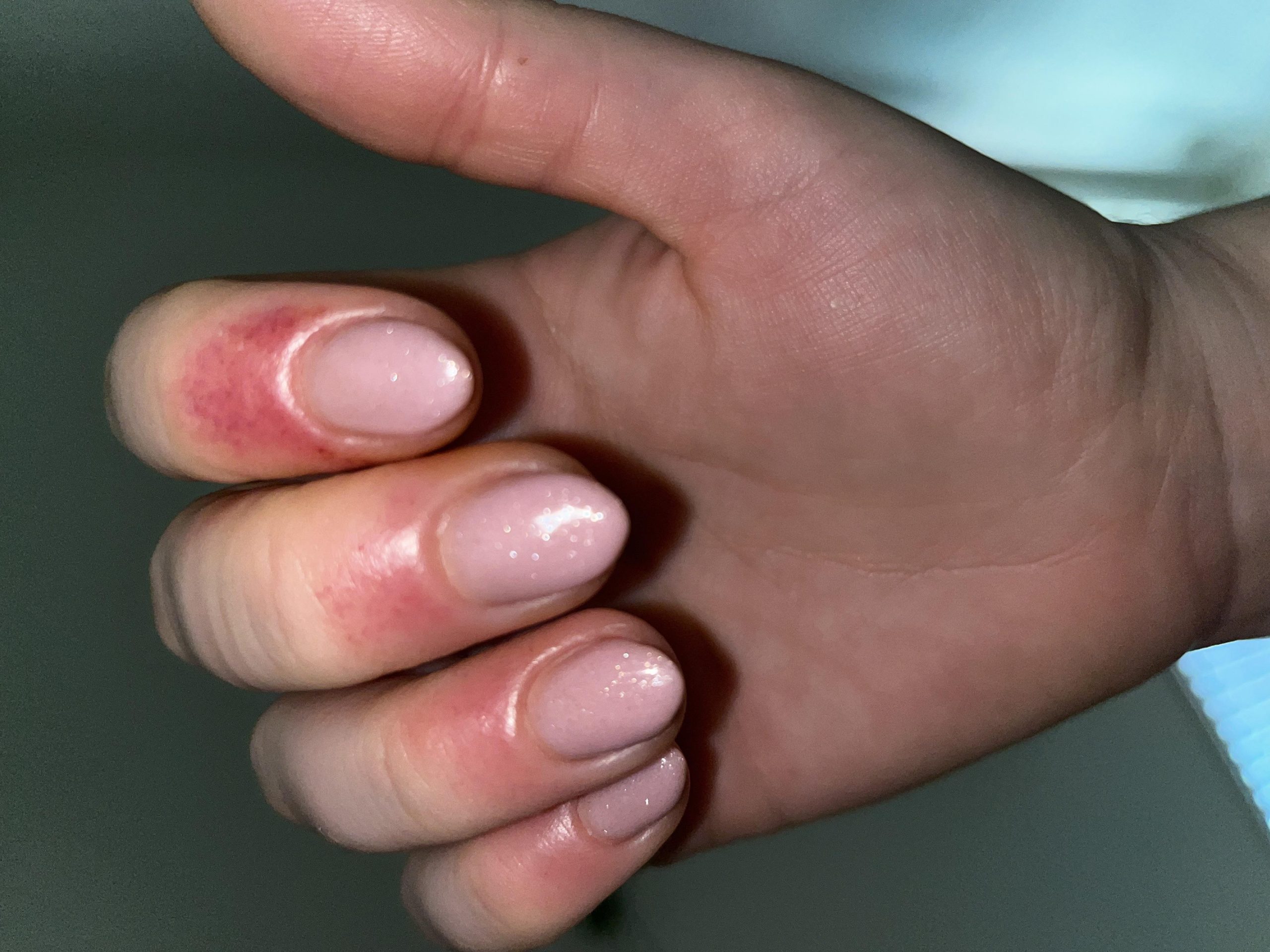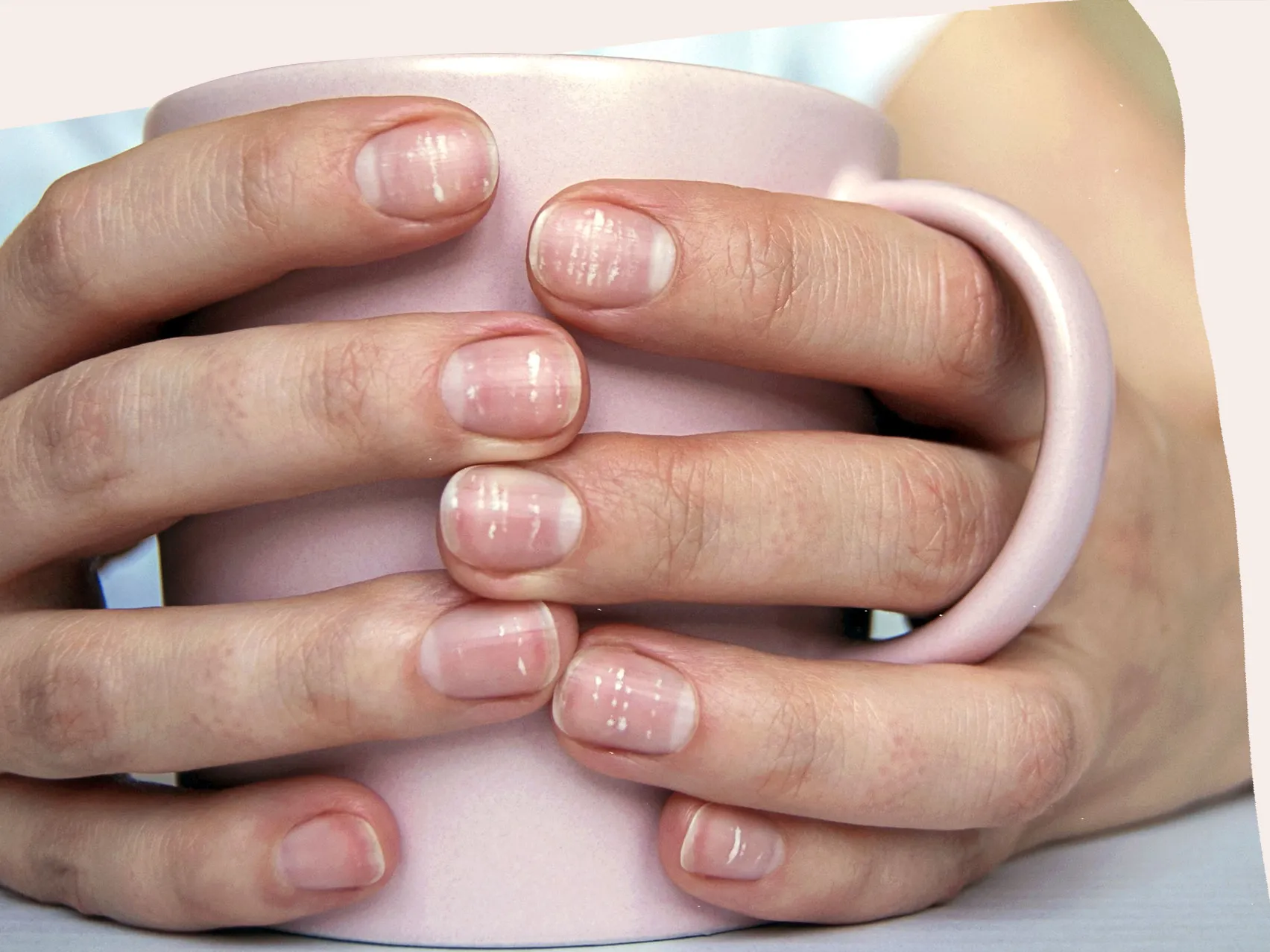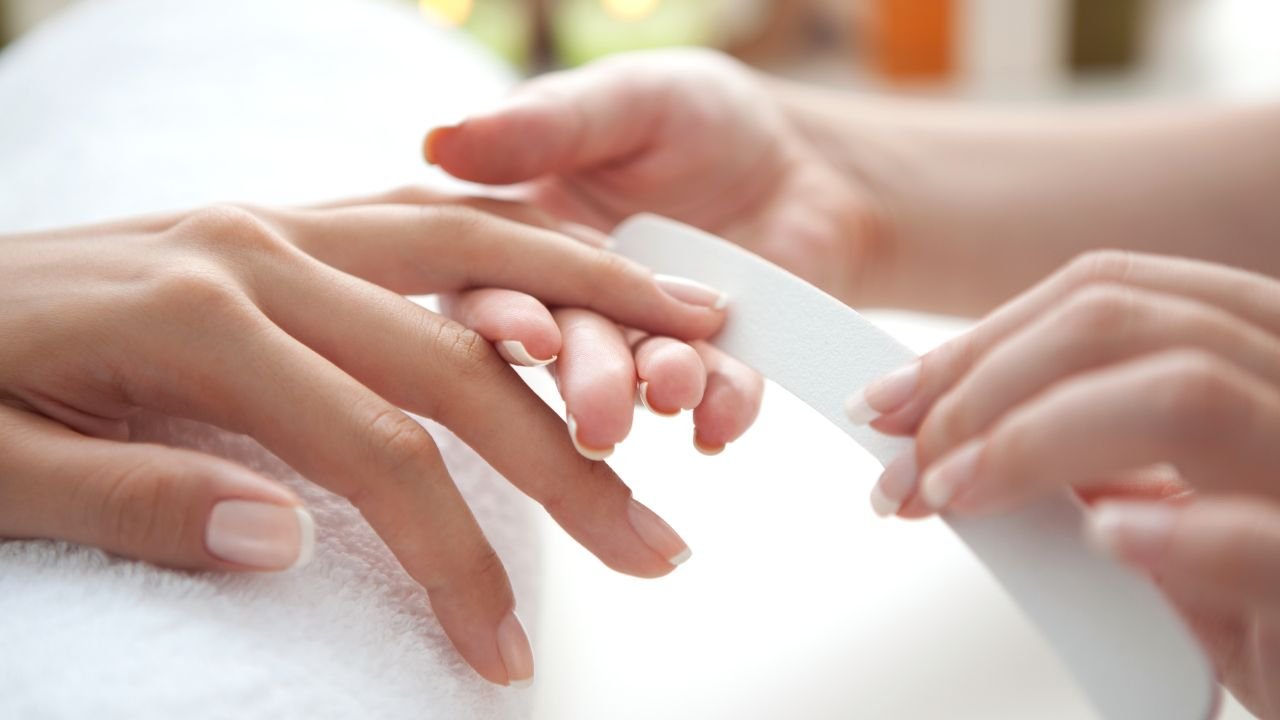The popularity of artificial nails has surged in recent years, driven by trends in beauty and fashion to emphasize flawless, long-lasting manicures.
Allergic reactions due to artificial nails occur when the chemicals in products like acrylics, gel polishes, or nail adhesives trigger an immune response. This can lead to symptoms such as red, itchy, or blistered skin around the nail, and in severe cases, swelling or rashes that spread beyond the hands.

Causes of Allergic Reactions
- Acrylates: One of the primary causes of allergic reactions in artificial nails is exposure to acrylate compounds in products like acrylic nails and gel polishes. Methacrylates, in particular, are potent allergens that can cause significant skin sensitization.
- Resins and Glues: Nail glues and adhesives used for attaching extensions often contain cyanoacrylate or other harsh resins that can provoke allergic reactions.
- Other Chemicals: Formaldehyde and toluene, which may be present in nail products, can irritate and contribute to potential allergic responses.
Symptoms of Allergic Reaction Due to Artificial Nails

- Skin Issues: Red, itchy, and inflamed skin around the nail bed or on the fingers.
- Blisters: Fluid-filled blisters that can be painful and take time to heal.
- Nail Changes: Weakness, brittleness, or separation of the natural nail from the nail bed (onycholysis).
- Spread of Symptoms: In severe cases, rashes and swelling may extend to the body, such as the face and neck.
Once you develop an allergy to certain chemicals in artificial nail products, it can lead to lifelong sensitization. This means future exposure to even small amounts of these chemicals—found not only in nail products but potentially in dental materials, adhesives, and certain medical supplies—could trigger allergic responses.
Preventative Measures
- Choose Certified Professionals: Ensure the salon uses high-quality products and follows proper procedures for applying and curing nail enhancements. Choose a nail technician who follows strict sanitation procedures, like sterilizing tools and disinfecting workstations after each client. A clean and organized salon is a strong indicator of professionalism.
- Use Hypoallergenic Products: Opt for nail products labeled “hypoallergenic” or free from known irritants like MMA (methyl methacrylate).
- Limit Contact: Be cautious to avoid skin contact with uncured gels or acrylics during application.
- Patch Testing: If you have sensitive skin or a history of allergies, consider a patch test before using new nail products.
Take Action

- Stop Use Immediately: Discontinue using any suspected products and avoid further exposure.
- Seek Medical Help: Consult a dermatologist or allergist for proper diagnosis and treatment, which may include topical corticosteroids or other anti-inflammatory medications.
- Switch to Safer Alternatives: Consider using natural nail treatments or traditional polish free of common allergens.
These allergic reactions underscore the importance of awareness and caution when choosing nail enhancements. The allure of perfect nails should always be balanced with considerations for long-term skin and health safety.
Disclaimer
The Content is not intended to be a substitute for professional medical advice, diagnosis, or treatment. Always seek the advice of your physician or other qualified health provider with any questions you may have regarding a medical condition.